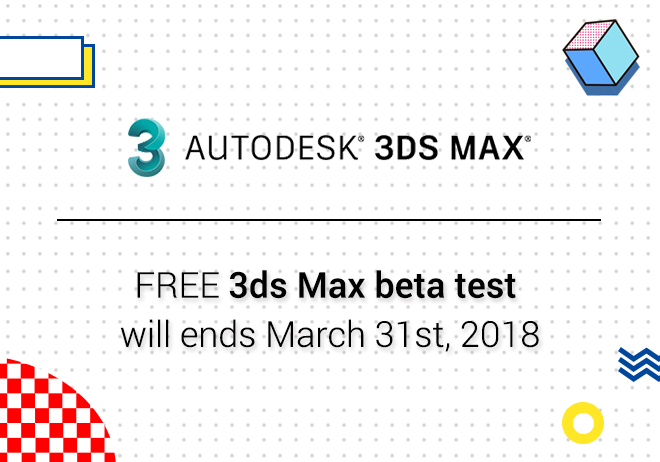
Renderwow
The PBR material system is becoming popular in the gaming industry and CG rendering has been developed more and more throughout the years. That is to say, material in the game industry is slowly chasing the effect of film and television, and in only the last two years that we've come closer to that reality.
Material used in CG rendering can achieve almost all the effects of game PBR material, conversely, No.
The parameters used in PBR material (the most popular metalness roughness model here) are albedo metalness roughness normal, The main corresponding parameters of V-Ray material are diffuse specular glossiness normal or bump.
Albedo is the familiar diffuse, that is the inherent color of the object.
Metalness describes whether the material is metal or dielectric, This is a perceptual explanation, in fact, what this parameter really controls is F0, that's in the Feyner reflex, the reflectivity of the plane perpendicular to the camera line of sight, when metalness is 0, the value of F0 is 0.04, that is the corresponding F0 when IOR is 1.5; When metalness is 1, the value of F0 is 1,when metalness is the median of 0-1, F0 also interpolates between 0.04 and 1, I guess it's linear interpolation, F90 remains unchanged during this process, always constant at 1. This is actually a rough description of the Fresnel effect.
On the V-Ray material ball, there is no parameter corresponding to metalness,some people may think it's specular, this parameter controls the reflection intensity, actually not. Because specularity alters the reflectivity of the entire material ball as a whole, metalness only changes the positive reflectivity of F0,the side is always 1.
F0 and refractive index, that is IOR, there is a corresponding relationship, it can be converted by formula. So in V-Ray, IOR can correspond to metalness to some extent.
The words roughness = 1-glossiness are antonyms in themselves.
Normal or bump goes without saying.
As long as the attributes are completely corresponded to each other, V-Ray material can completely restore the effect of PBR material. But the material of V-Ray has many other functions, for example, transparent, translucent, physical algorithm 3S effect, the roughness attribute of diffuse itself is not available to pbr.
In addition, some PBR materials have specular properties. For example, the PBR material of UE4, but the specular here is somewhat similar to the specular in V-Ray, but different. The specularity of the UE4 material ball refers to the reflection intensity of F0, The default 0.5 corresponds to 0.04 of F0. The F0 will be slightly lowered to 0. On the 1 tone can slightly improve the F0.
In principle use the correct method to link the map, The v-ray texture ball can get a visual effect very similar to PBR texture ball, but the treatment of the reflective intensity of the edge is different, although due to the existence of Fresnel reflection, the reflectivity at the edge of the model is constant to 1, but when the surface of the object is rough, where the light is at the edge, it is prone to mutual reflection, occlusion and so on, it will make the reflectivity look lower on the macro level. At present, I have tested several renderers, V-Ray Arnold and Martial Ray are different from PBR balls in dealing with blurred reflections at the edges, And it's actually wrong, the only thing I found correct was the redshift material.
If you use a V-Ray, Arnold or Mental Ray renderer, and not aware of the problem, so it can be said that most of the materials you tune are wrong. It's right to follow the idea of PBR material.